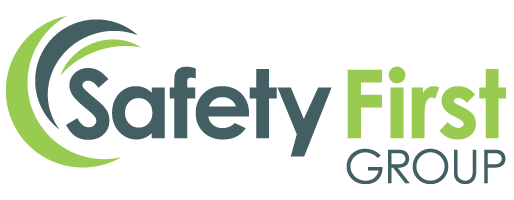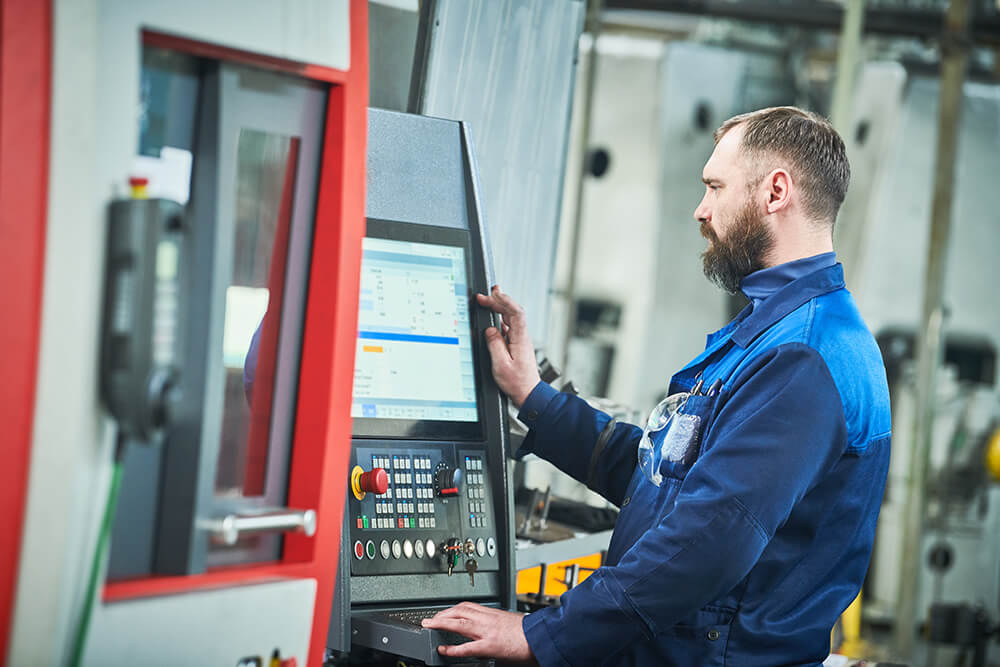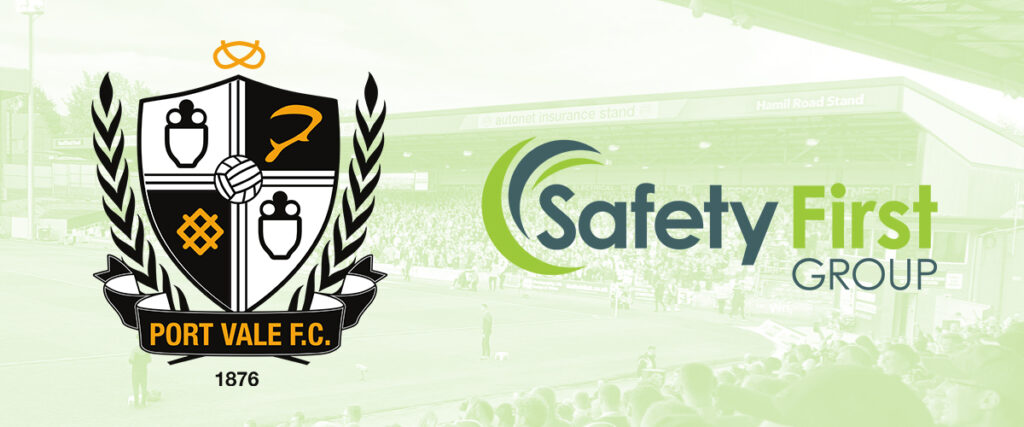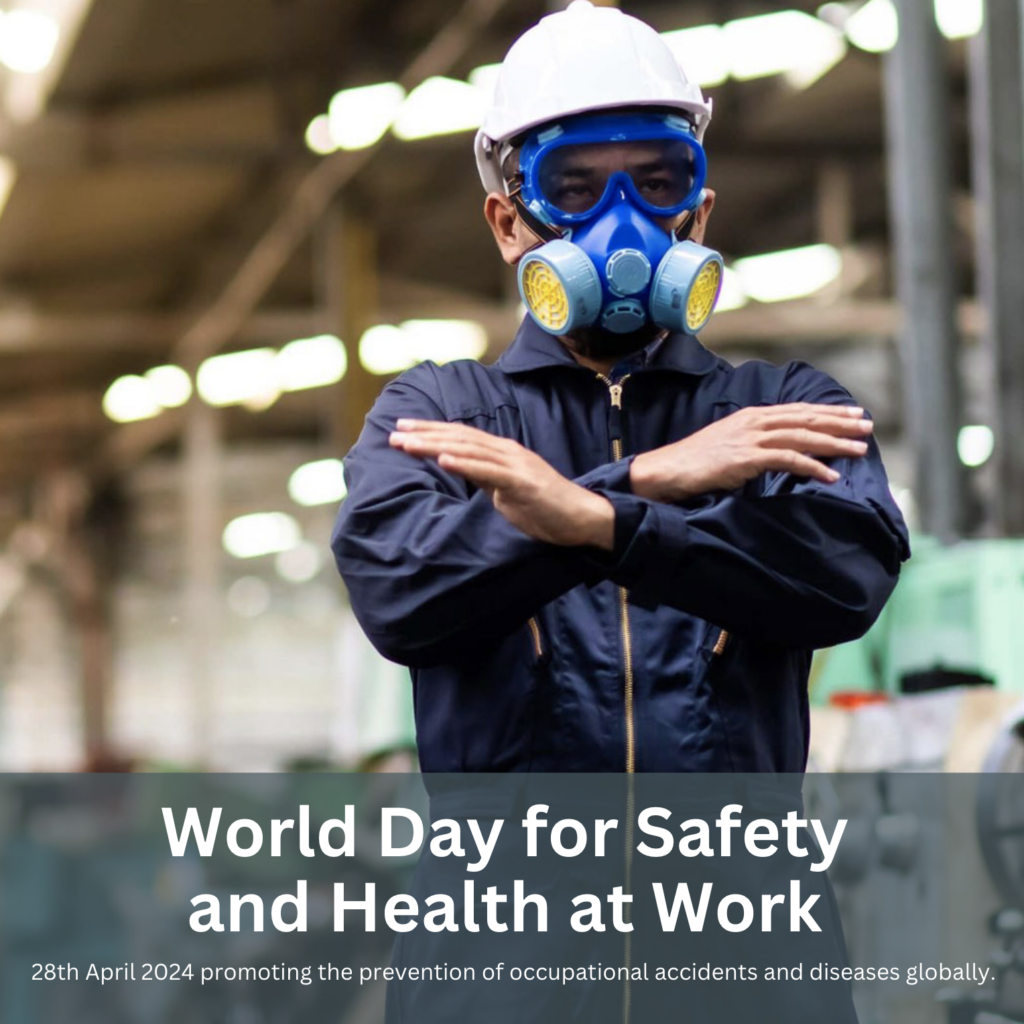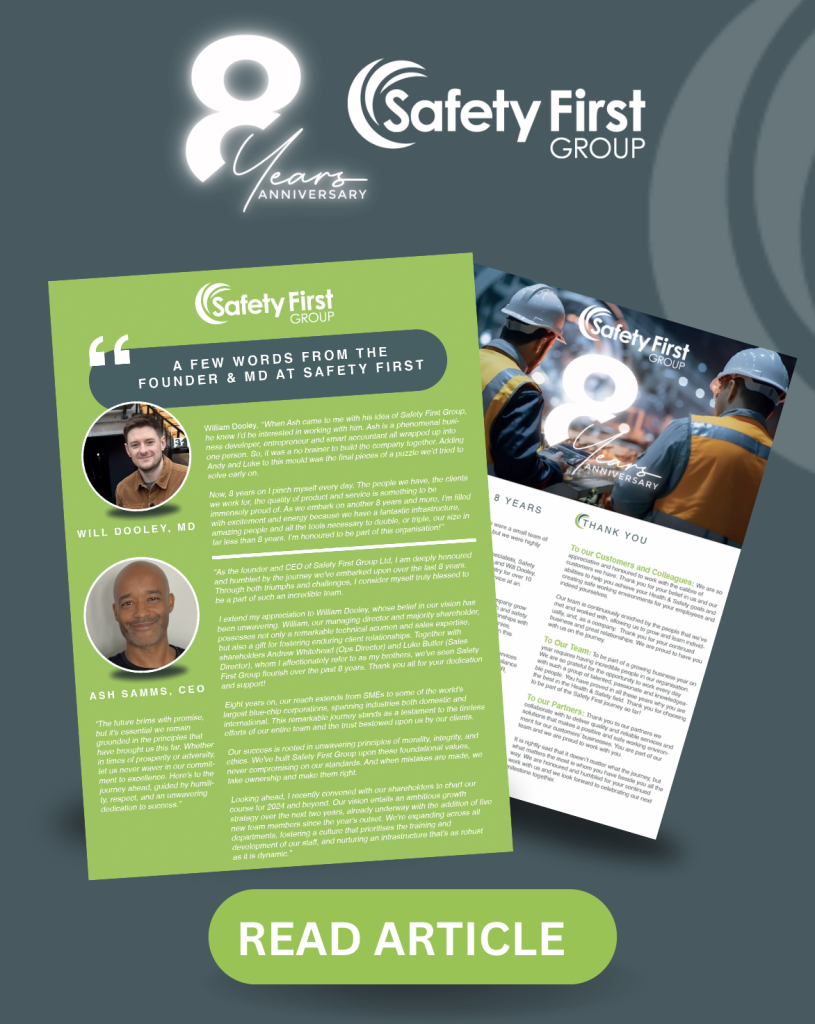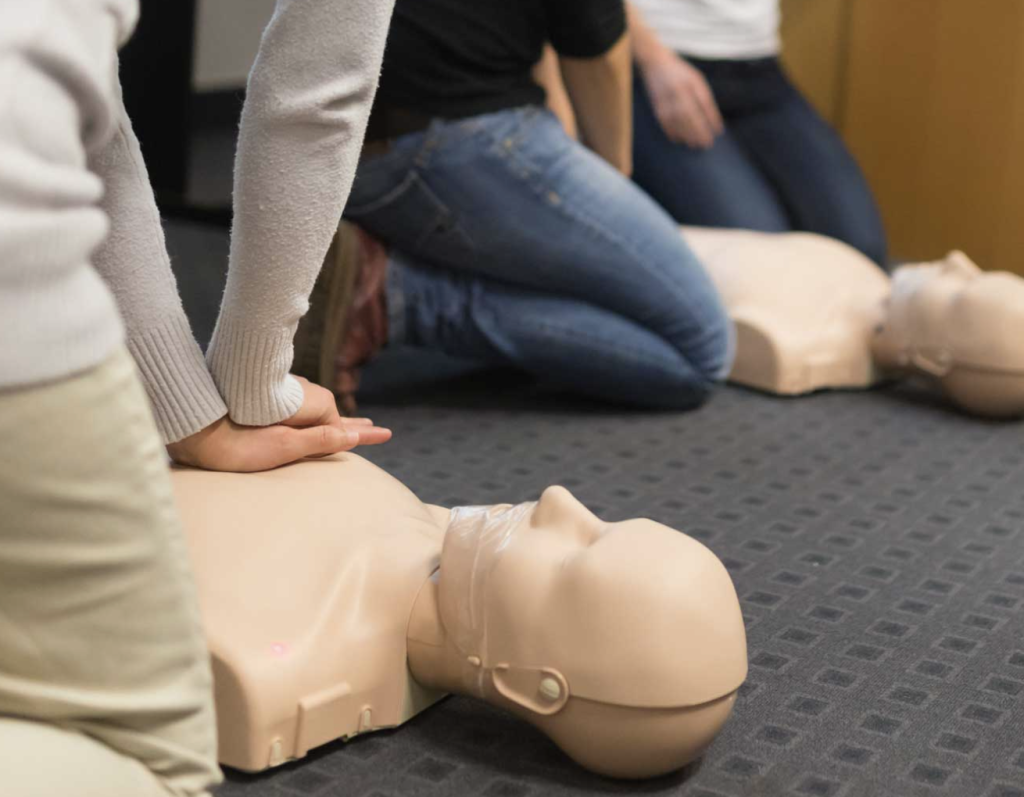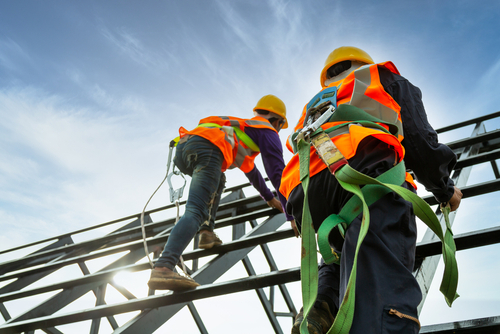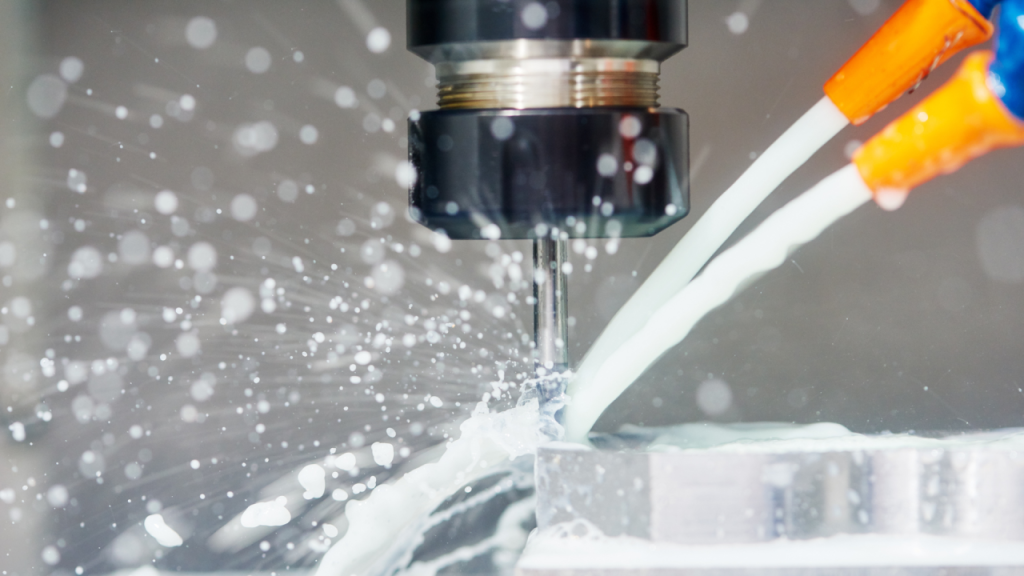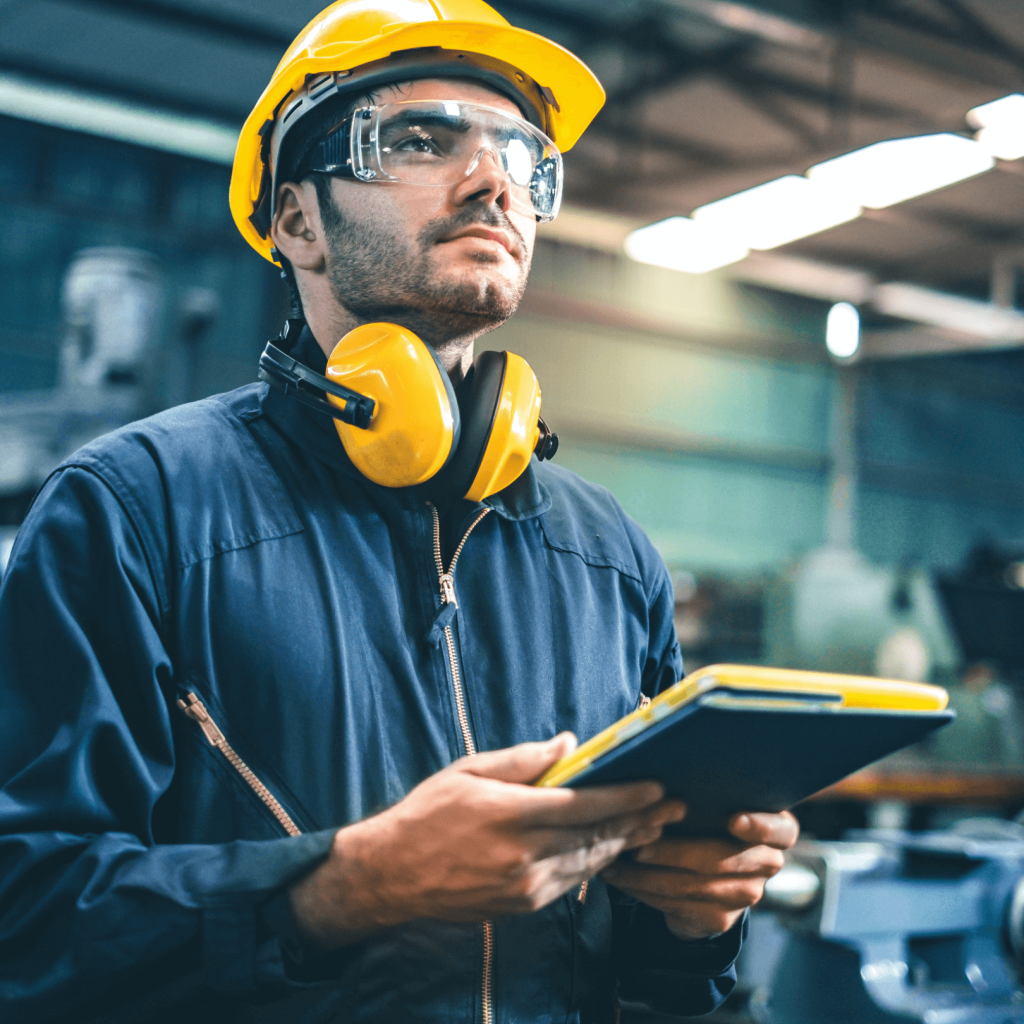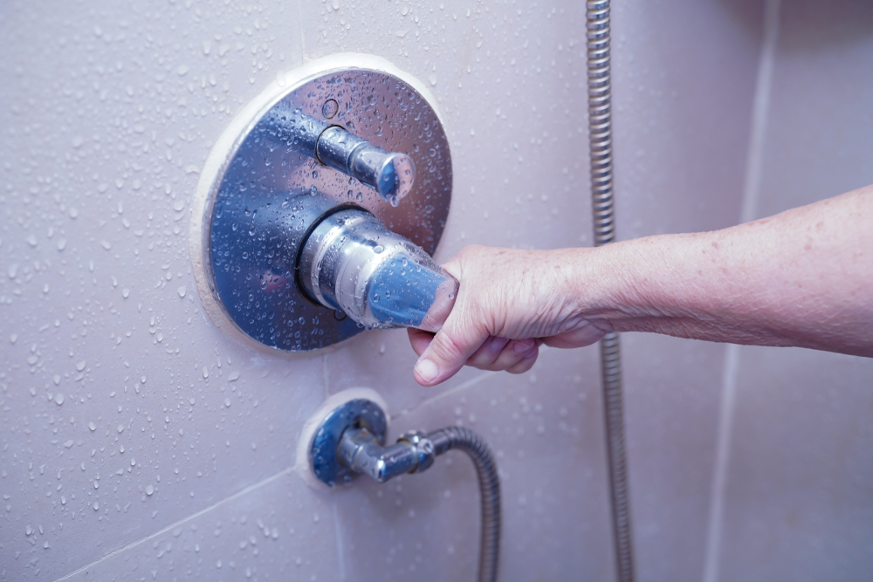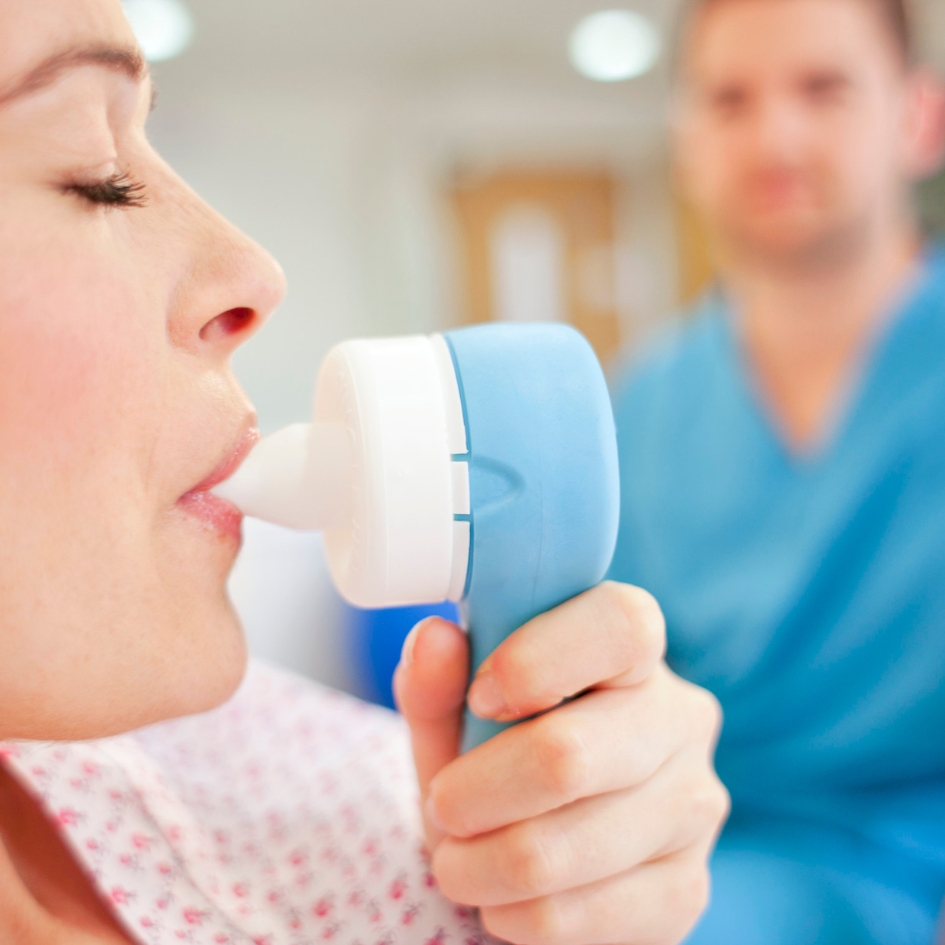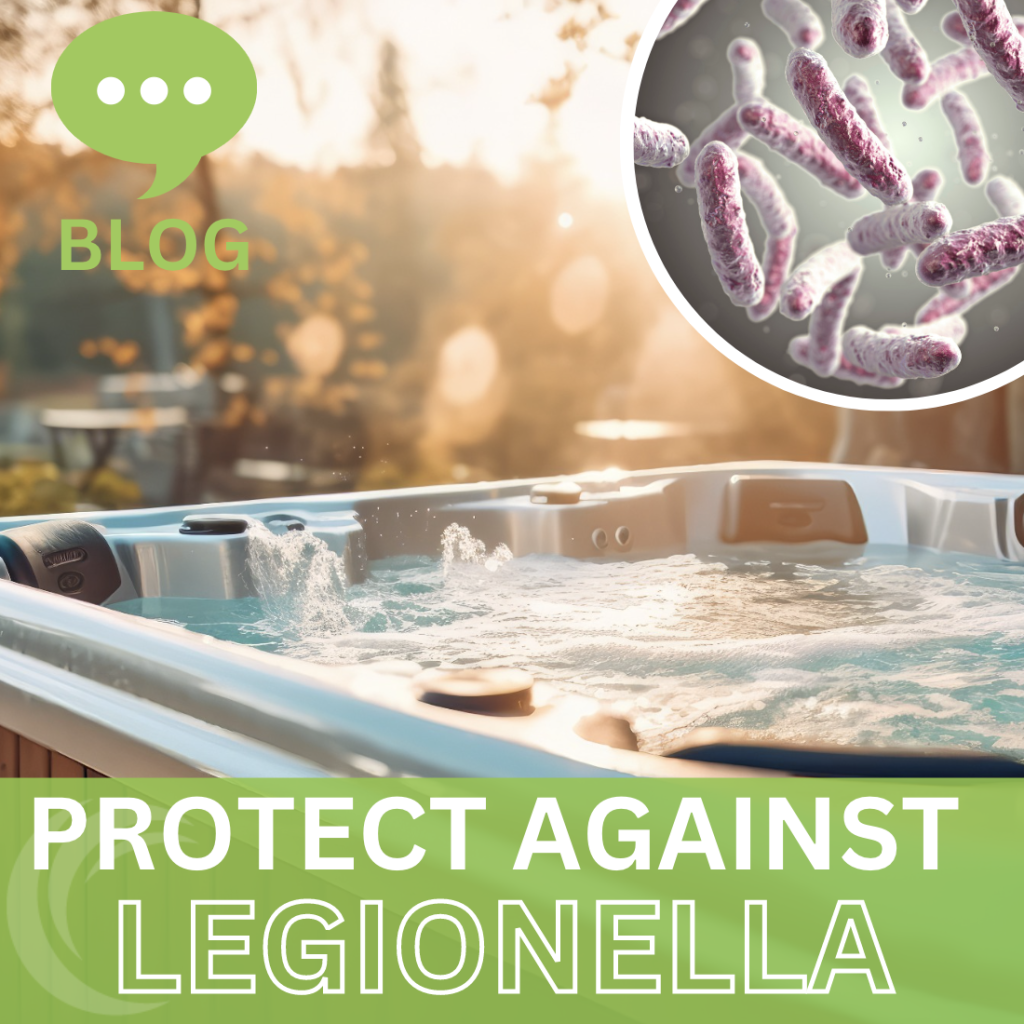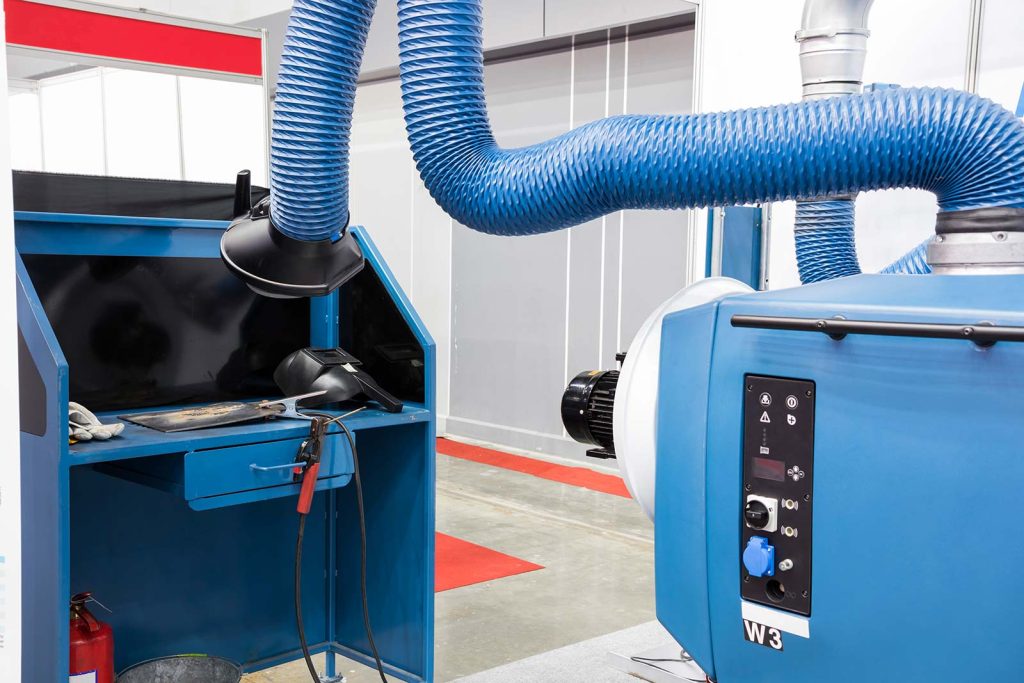Businesses are being warned to make sure their staff are safe when working with metalworking fluids or coolants.
It’s a highly technical, specialist field applying precision engineering – but can also cause harm to the lungs and skin.
Some types of work can cause life threatening lung diseases if exposure to the risks are not managed and controlled. Breathing in dust, gases, vapours and fumes at work can cause life-changing lung disease or make existing lung conditions worse.
Last year in the UK it is estimated that 12,000 people died from lung diseases linked to past exposure from work in a range of sectors.
Diseases like, asbestosis, silicosis, chronic obstructive pulmonary disease (COPD), asthma, emphysema and even lung cancer, all cause severe, often incurable, health problems that can ruin lives.
Exposure to metalworking fluids
Past inspections by the Health and Safety Executive (HSE) have uncovered poor performance around control of metalworking fluids in businesses that use computer numerical control (CNC) machines.
Computer numerical control (CNC) is a manufacturing method that automates the control, movement and precision of machine tools through the use of preprogrammed computer software, which is embedded inside the tools.
Exposure to metalworking fluids – also referred to as ‘white water’ – can cause harm to lungs and skin through inhalation or direct contact with unprotected skin; particularly the hands, forearms and face.
Breathing in the mist generated by machining can lead to lung diseases such as occupational asthma and occupational hypersensitivity pneumonitis.
Manufacturing businesses should implement control measures and carry out health surveillance checks with occupational health professionals.
HSE inspections commence
HSE inspector Fiona McGarry, said: “Lung problems and irritated skin don’t have to be associated with working with metalworking fluid if you take the right precautions.
“It is really important that control measures and fluid quality checks are in place to keep workers healthy. Health checks are essential to identify signs of ill-health early.”
To support the campaign, HSE will carry out inspections to look at how employers are ensuring workers are protected from exposure to fluid or mist generated by CNC machines across the UK.
Britain’s workplace regulator plans to carry out unannounced inspections between now and March 2024.
To reduce exposure, you need control measures in place. Local exhaust ventilation (LEV) should be fitted on CNC machines to carry away any harmful metalworking fluid mist, which is difficult to see in normal lighting.
Safety First’s Assessments, LEV inspection and testing
We have a variety of local exhaust ventilation (LEV) solutions to suit your business’ needs and are experts in creating bespoke systems, in particular for metalworking businesses in providing pollution-free workplaces for their staff.
Safety First carries out LEV inspection and testing in the workplace to help companies ensure that they are fully compliant with COSHH regulations and employees are safe when in the workplace.
Our qualified occupational hygienists are experts in local exhaust ventilation systems. They will monitor and analyse the workplace and CNC machines, as well as perform qualitative evaluations on the control of potential contaminants. Measurements from the test results are compared with the original LEV specification and performance criteria outlined in HSG258.
Solutions For…
- Welding and Fabrication
- Engineering Machine Shops
- Engineering Machine Shops
- Electrical Component Manufacturing
- Jewellery Manufacturing
- Machine Manufacturing
What Do The HSE Recommend?
In HSE INDG365: Working Safely with Metalworking Fluids guidance, it is recommended that businesses use any enclosures or engineering controls, such as LEV to remove or control any mist or vapours produced from the operation process. Workers are likely to be at the highest risk of exposure where there are inadequate ventilation arrangements.
In addition, in HSE MW1: CNC Machining guidance, it is stated that local exhaust ventilation (LEV) should also be provided to the outlet to enclose exposure as much as possible. It is also recommended that LEV should be provided as either a standalone unit or; a centralised system where two or more machines are linked.
The Safety First Way – Get In Touch:
If you call us on 0845 004 2133 or send an enquiry, we can discuss your current requirements and advise on initial steps.
